This Forum will close on Wednesday 27 March, 2024. Please refer to the announcement on the Discussions page for further detail.
Tomato Carnage....
Afternoon all, I have soldiered on with my beefsteak tomato, the crop was massive and to be honest they improved slightly in taste with ripeness. However, something awful has occurred. And I have no idea what about 5 days ago the thick stalks started to look dark and slightly rotten with the leaves starting to wilt. Well over the last 5 days all my plants have wilted, nothing is now growing and all the Tom's are starting to rot. I have three questions. What's happened? How do I avoid next year. Can I compost the affected plants? 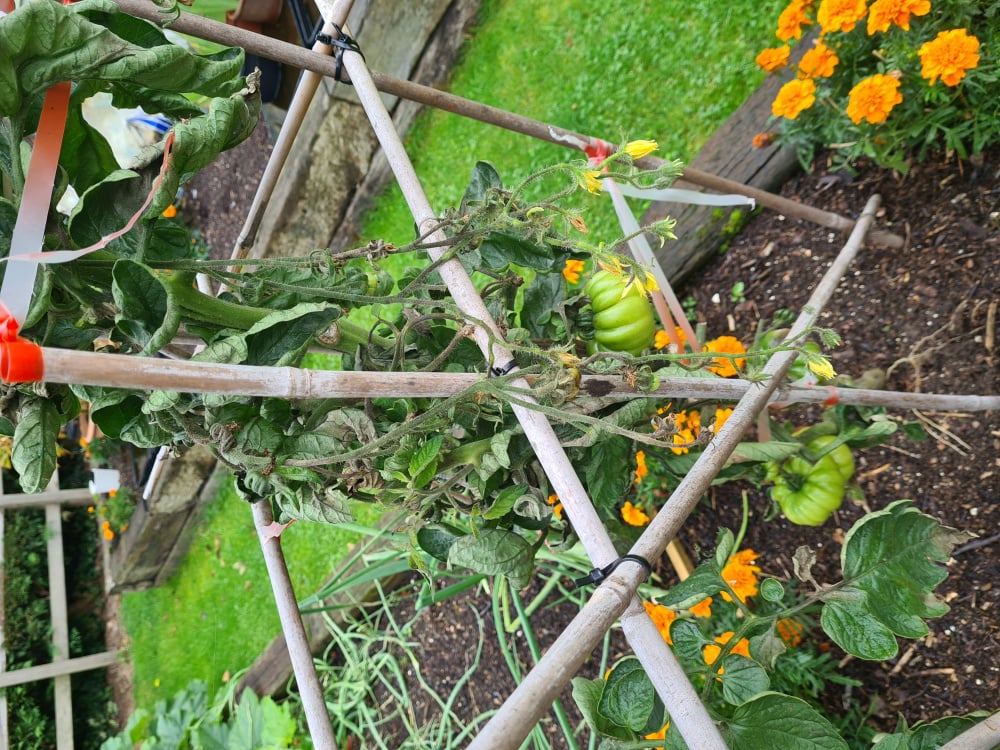
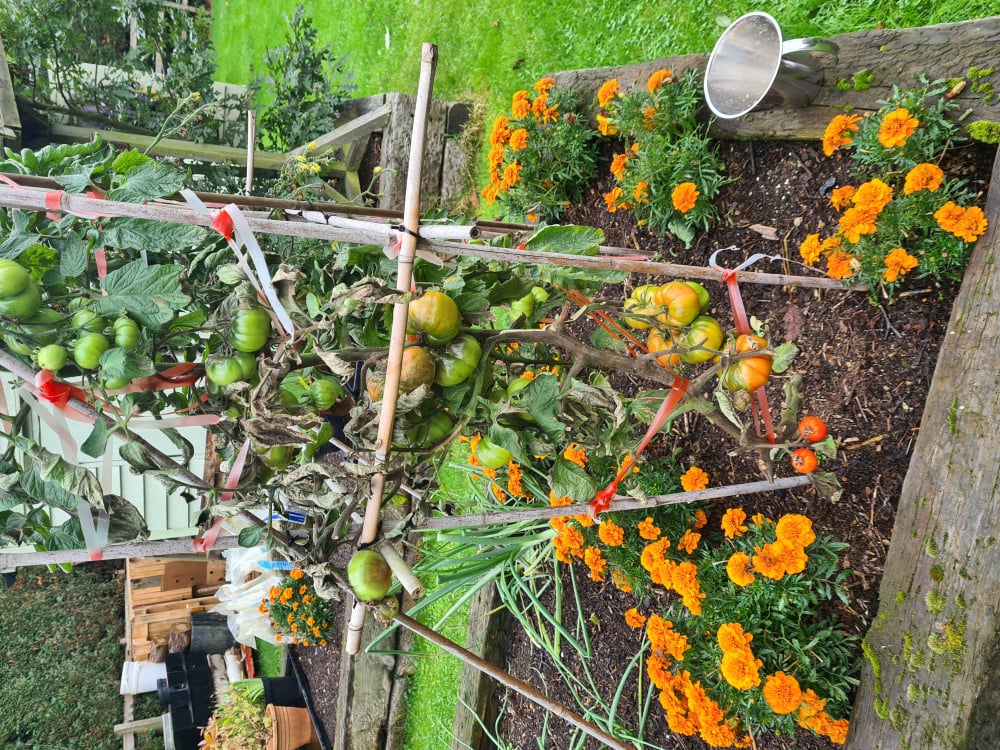
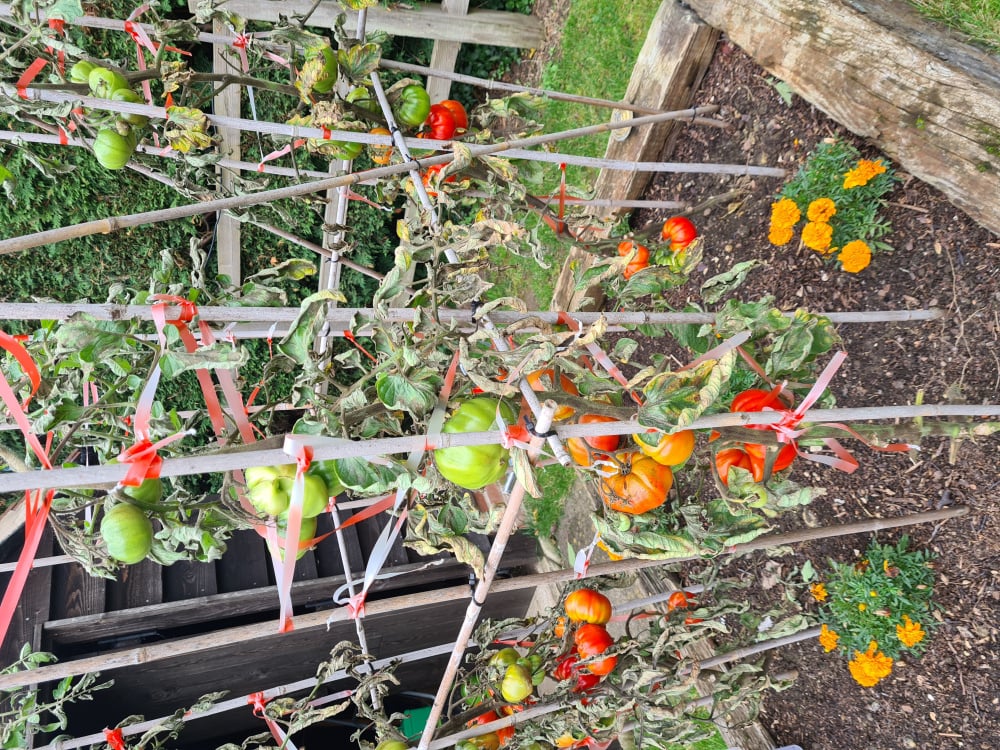
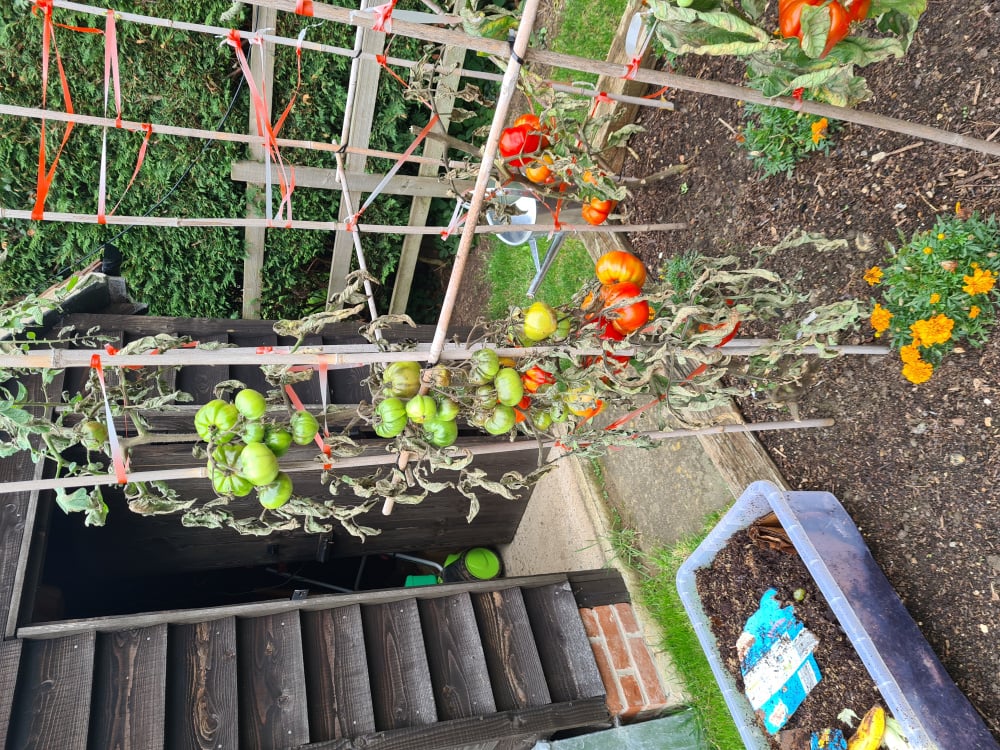
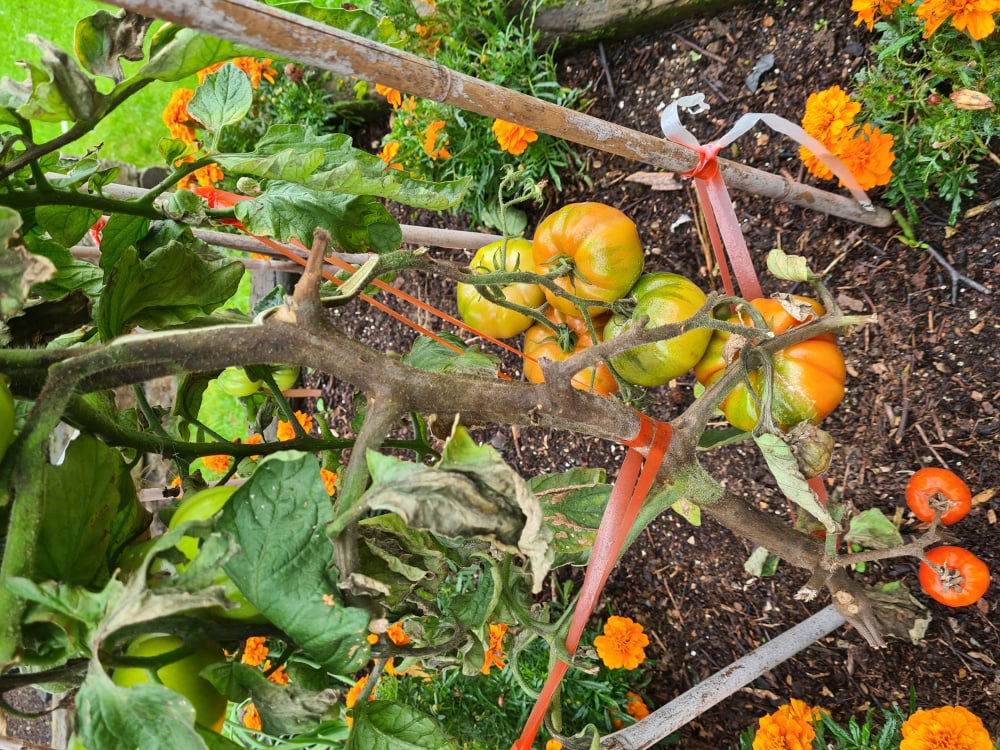 ?
?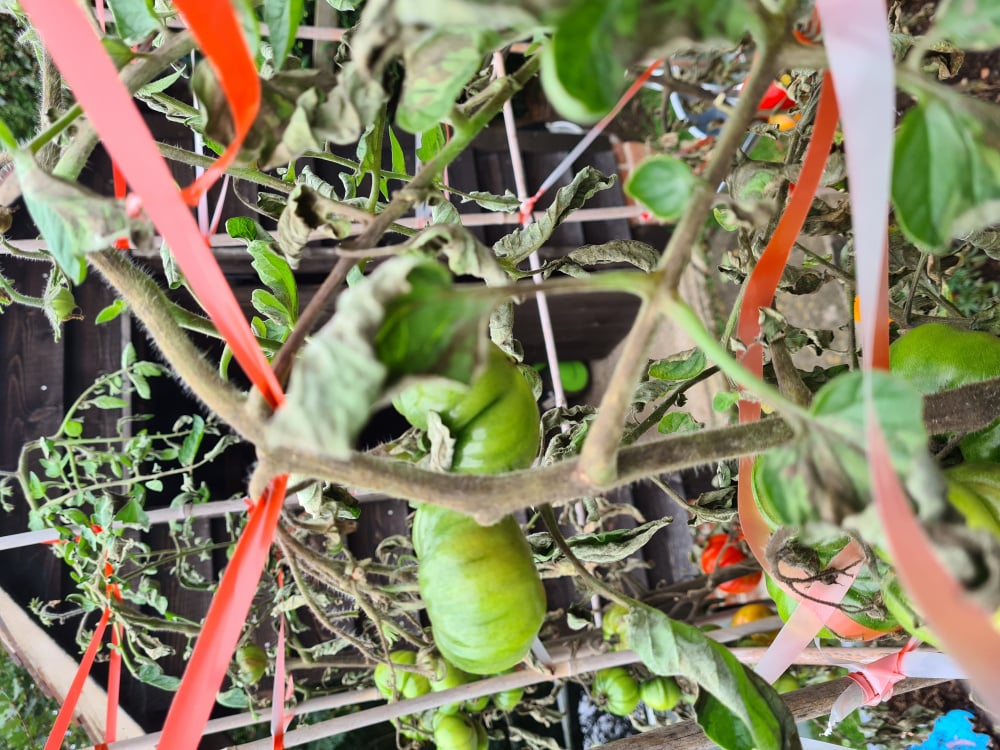
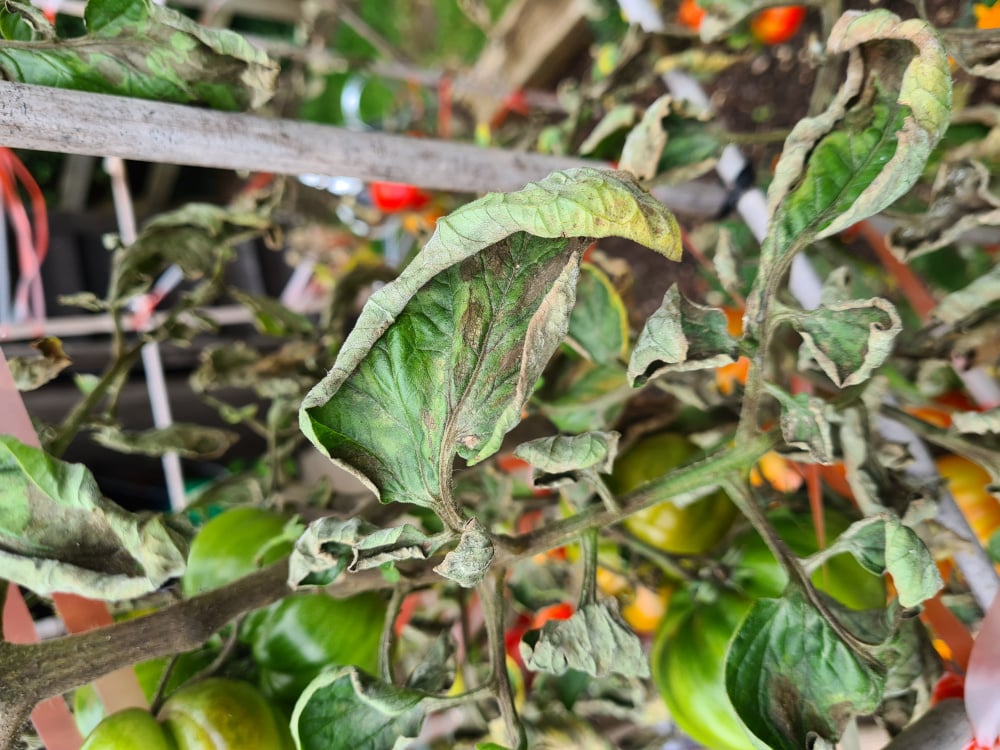
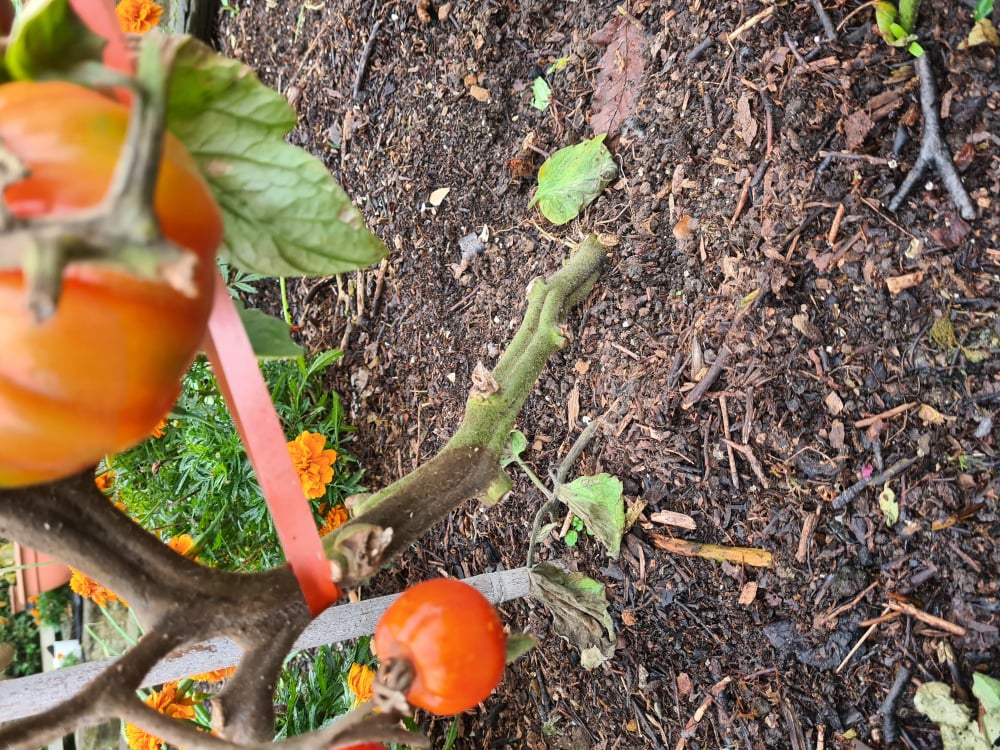 Thanks in anticipation. Out of interest. It looks very much like frost damage. Its defo isn't, but may help identify the culprit?
Thanks in anticipation. Out of interest. It looks very much like frost damage. Its defo isn't, but may help identify the culprit?




 ?
?

 Thanks in anticipation. Out of interest. It looks very much like frost damage. Its defo isn't, but may help identify the culprit?
Thanks in anticipation. Out of interest. It looks very much like frost damage. Its defo isn't, but may help identify the culprit? 0
Posts
But damn and blast....
I wonder why there is so much disparity in the views on dealing with the infected plants, area, soil, implements etc. Lots of views that compost is fine, lots that say not to, disinfect tools etc. Frustrating as being a complete amateur I have already lobbed it all in my compost heap and am going to have a complicated job to retrieve it all out. Wondering if I can kill it with heat from lawn cuttings. etc?
Gardening in Central Norfolk on improved gritty moraine over chalk ... free-draining.
"P. infestans survives poorly in nature apart from on its plant hosts. Under most conditions, the hyphae and asexual sporangia can survive for only brief periods in plant debris or soil, and are generally killed off during frosts or very warm weather."
I play with plants and soil and sometimes it's successful